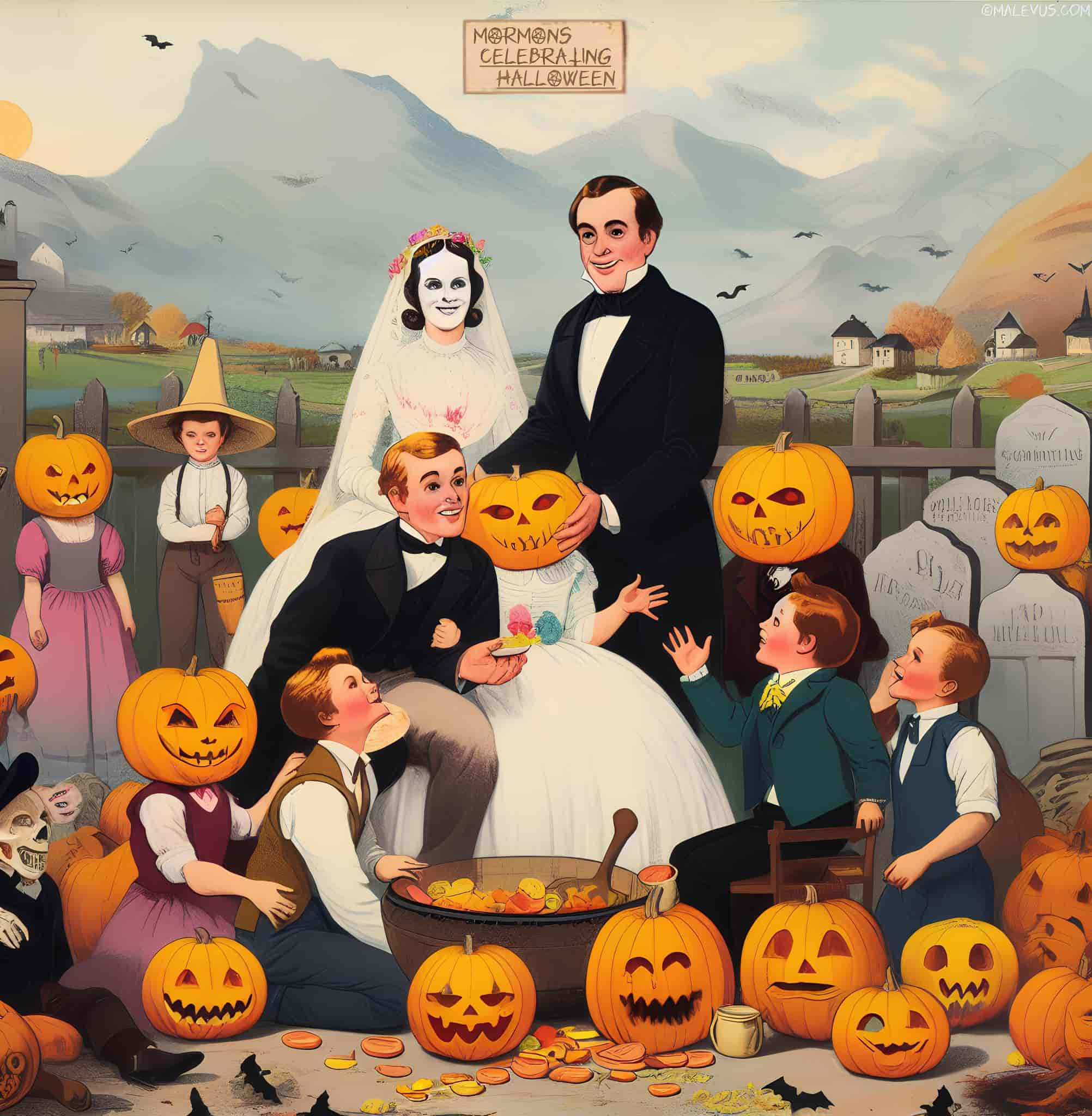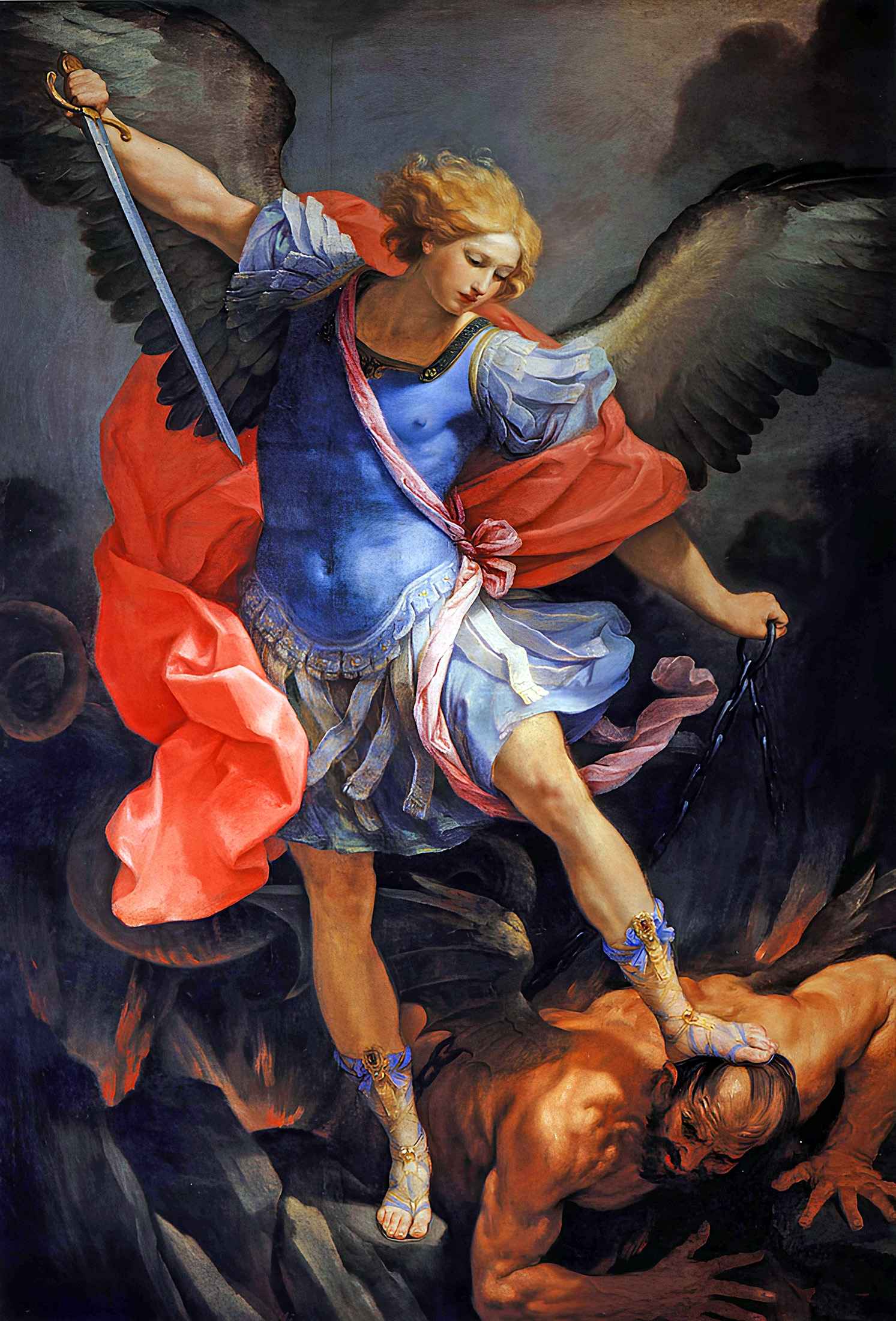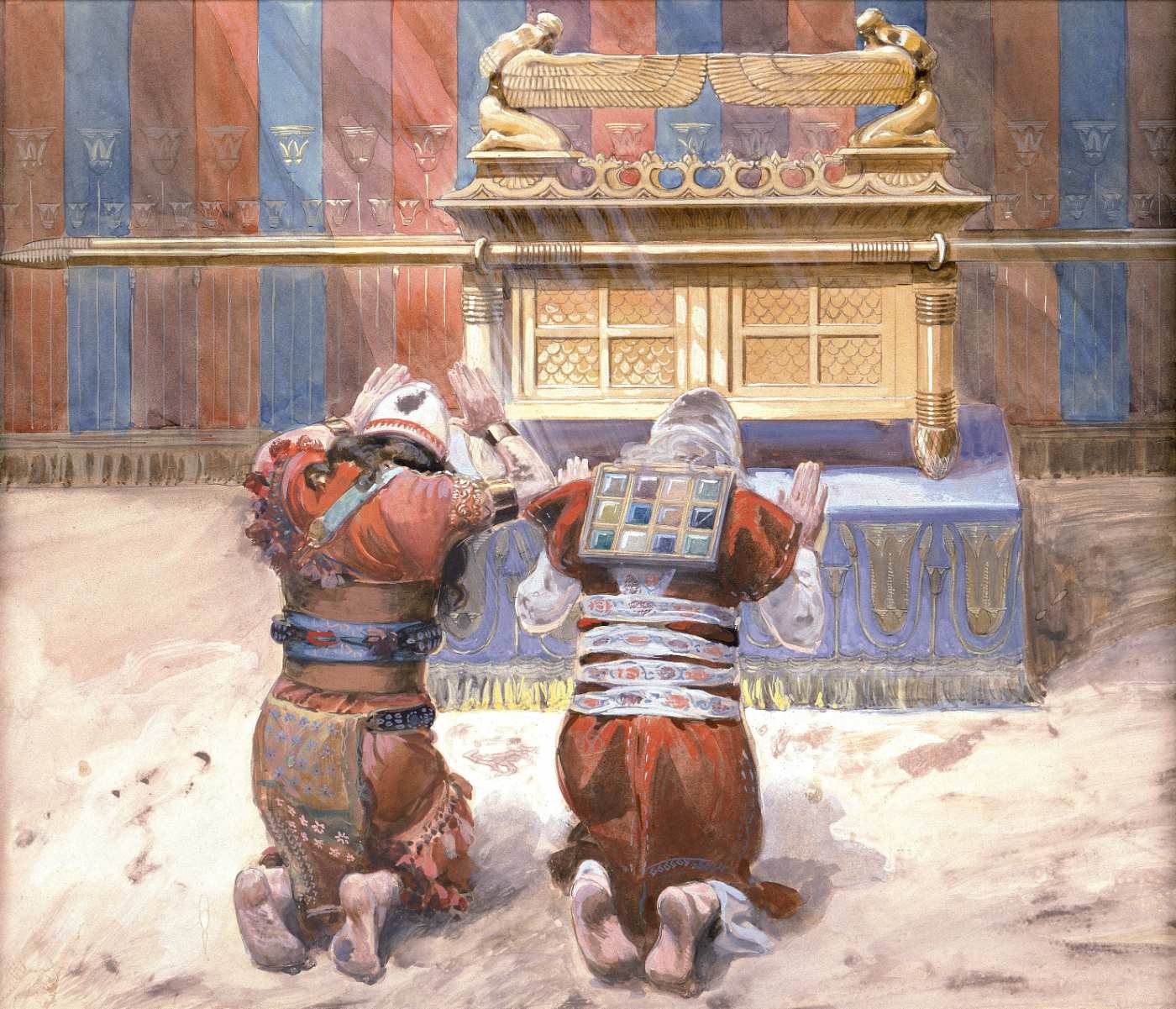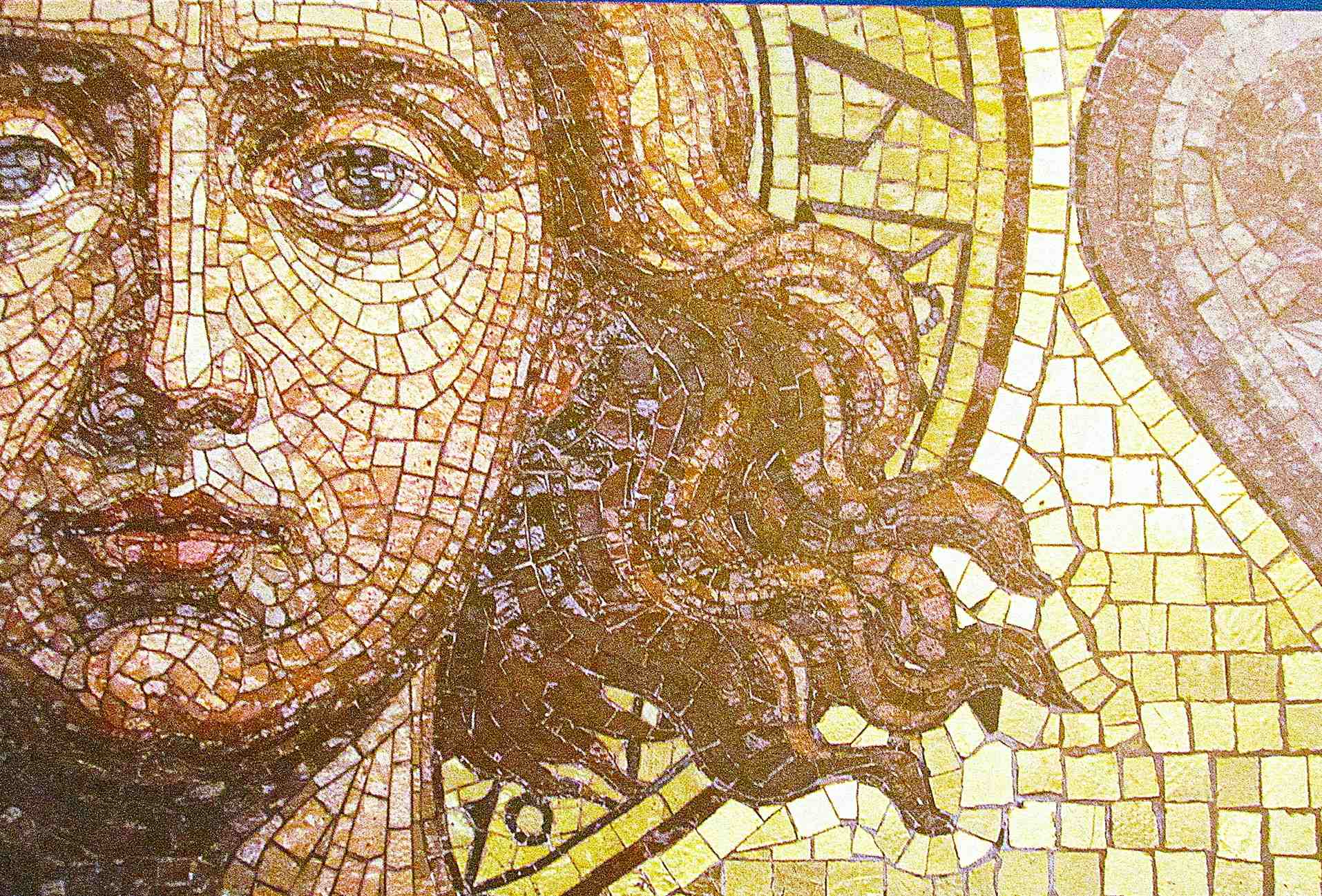Members of the Church of Jesus Christ of Latter-day Saints (LDS) are permitted to celebrate Halloween since the holiday has a history with the Mormons. Despite the alleged legend of Halloween being the devil’s birthday, there is nothing in the teachings of the Mormon Church that would prevent a member from taking part in Halloween’s cultural traditions. It just does not approve of any celebration or promotion of bad deeds or worship. Whether or not Mormons choose to observe Halloween is entirely up to their own discretion.
Origin of Halloween
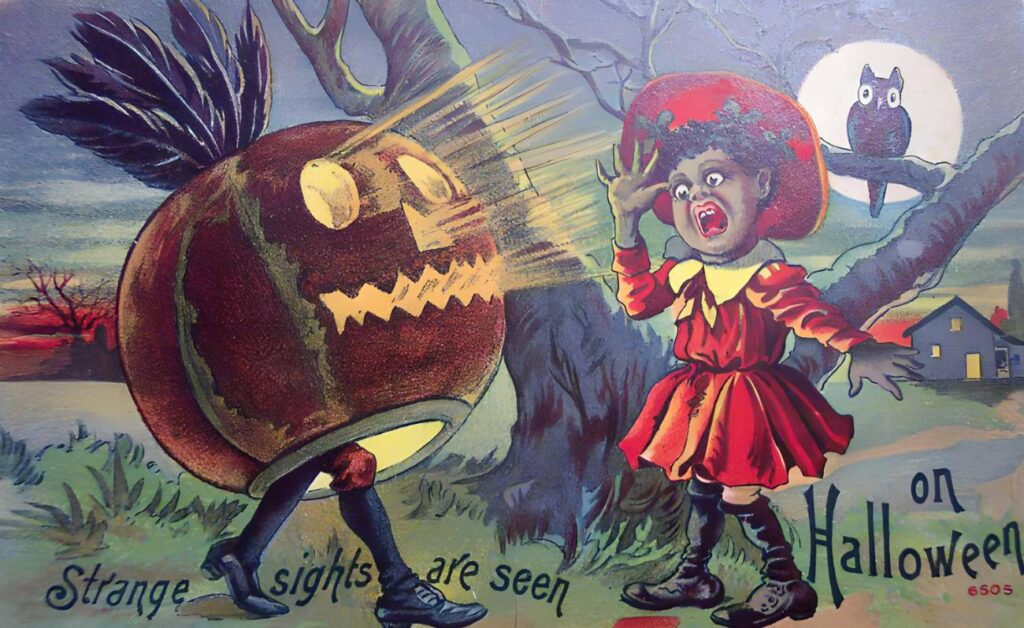
Allhallowe’en, All Hallows’ Eve, and All Saints’ Eve are all the various names for Halloween which is celebrated on the 31st of October. It is the beginning of Allhallowtide, a period of remembrance for the deceased that includes saints (hallows), martyrs, and all the faithful departed, and occurs on the eve of the Western Christian feast of All Saints’ Day.
The ancient Celtic celebration of Samhain, in which people lit bonfires and wore costumes to scare away spirits, is the inspiration for this custom. The Samhain festival has roots that date back to 2000–3000 years. Trick-or-treating, jack-o’-lantern carving, parties, dressing up, and eating candy in modern celebration all have ancient roots.
The Mormon Church was officially organized in 1830 and Halloween in its modern form has been celebrated in the United States around the same time since the 19th century. Given that the LDS Church is based in the United States and has a history of participating in cultural celebrations, it’s likely that Mormons have been celebrating Halloween since the beginning.
How Do Mormons Celebrate Halloween?
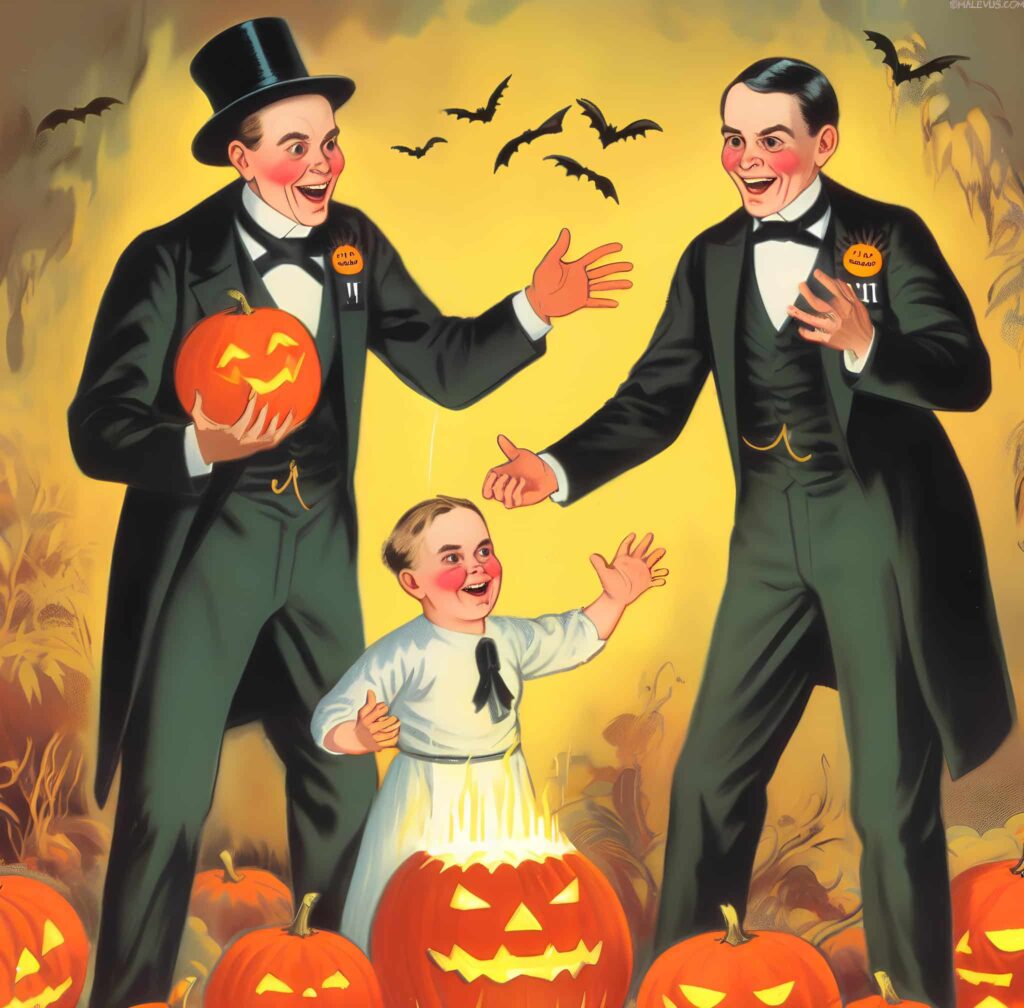
Since pumpkins and other vegetables are often carved and put on display during Halloween, these customs are also observed by members of the Mormon religion. Mormons observe Halloween in the following ways:
- Going to the Pumpkin Patch: Halloween is also a time for Mormon families to come together and have fun. Family Home Evening is a weekly family activity in Mormon traditions and some families choose to spend their night together at the pumpkin farm.
- Pumpkin Carving: Picking pumpkins from a farm without carving them afterward would be pointless. Pumpkin carving is also practiced by Mormons.
- Decorating the House: Some Mormon families also go all out with their Halloween decorations to add some merriment to their houses.
- Baking Treats: Mormons also like to make Halloween-themed cookies and other snacks as one of the best Halloween traditions.
- Clothing: However, Mormons try not to wear revealing clothing since they see their bodies as sacred temples.
- Family Histories: Some Mormons use this time to investigate their family histories on places like FamilySearch.org, the biggest online database of freely accessible family trees, genealogical records, and related tools.
Not All Mormons Celebrate Halloween
Some Mormons prefer not to celebrate Halloween at all, while others do so in a fashion that emphasizes the gospel. In most Mormon communities, members celebrate Halloween by dressing up in costumes, hosting trunk-or-treat vehicle parties, and visiting neighbors’ homes to collect candy.
The Church of Jesus Christ of Latter-day Saints has a firm stance against Satan worship, and some members of the faith are disturbed by the alleged violence that is supposedly connected with Halloween. Other families are also discouraged by the fact that the celebration is sometimes associated with revealing costumes (she-devil, Catwoman, etc.).
So, it’s fair to say that Mormons have their own special method of commemorating this festival while still adhering to some of the general customs associated with the occasion (such as carving and decorating pumpkins).
What Does the Mormon Church Say for Halloween?
The Word of Wisdom
Mormons observe Halloween in a way that is consistent with Mormon doctrine and the Word of Wisdom. Mormons do not participate in Halloween festivities that entail excessive alcohol use because they adhere to the Word of Wisdom. Instead, they usually do things like trick-or-treating, carving pumpkins, and having parties with their kids.
The Mormon Church provides a health code called the Word of Wisdom. In their belief, God revealed this to the Prophet Joseph Smith on February 27, 1833, and it is currently included in Section 89 of the Doctrine and Covenants. The Word of Wisdom promotes well-being by forbidding harmful activities and drugs. Specifically, alcoholic beverages are not allowed.
The Church’s Stance
The Mormon Church (LDS) does not ban its members from celebrating the cultural traditions associated with Halloween. The decorations for ward parties or holiday celebrations are not permitted in the chapel or on the outside of the building unless allowed by the stake president (a volunteer), according to the Mormon Church’s handbook. But these guidelines still don’t touch on Halloween per se.
Church officials haven’t spoken out against Satanism per se on Halloween, but they have spoken out against specific actions linked with the holiday. Elder Boyd K. Packer issued a warning to young people in 1989 to stay away from witchcraft and other forms of dark spirituality. The President of the LDS Church, James E. Faust, also emphasized this theme.
For Halloween-related outings like trick-or-treating, costume parties, and car trunk candy giveaways, the Family: A Proclamation to the World states that “Successful marriages and families are established and maintained on principles of faith, prayer, repentance, forgiveness, respect, love, compassion, work, and wholesome recreational activities.”
This would indicate that Mormons are free to participate in Halloween festivities so long as they don’t go against these values or normalize conduct that goes against the teachings of the LDS Church.
Origin of Halloween Traditions
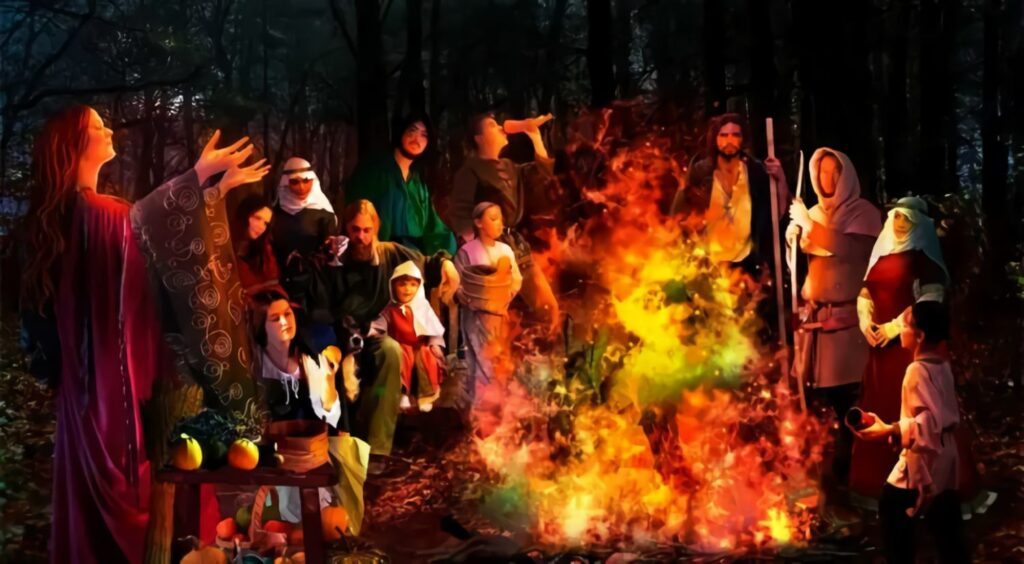
Samhain was where Halloween customs involving skeletons and spirits also emerged some thousands of years ago. In Halloween depictions, death, evil, and fantastical beasts feature prominently, and black cats, traditionally linked to witchcraft, are also often seen around.
Beets and turnips
In the past, the ancient villagers used to cut and display beets and turnips in front of their homes instead of pumpkins. They were left as offerings on doorsteps and in graves in the form of carved skulls. The pumpkin became the standard once the celebration was brought to North America, where this food is more widely available. And most importantly, larger. Beets, turnips, and pumpkins helped make black, orange, and purple the traditional colors of Halloween.
Jack-O-Lantern
An ominous Irish tale served as inspiration for the well-known pumpkin lantern. Should Jack pass away, his mockery of Satan will deprive him of the choice between heaven and hell. Stuck in oblivion, Jack removes the flesh of a turnip and places charcoal inside to light his path. He has supposedly returned to Earth every Halloween since then.
Trick or Treat
Food collection by going door to door on Halloween has its origins in the Middle Ages. It is believed that trick-or-treating evolved from this custom. In return for ‘soul cakes’, the destitute would sing prayers for each family’s departed members. The children would later sing in exchange for money, fruit, or nuts.
Other Cultures That Celebrate Halloween
There are now many nations in the world that celebrate Halloween. Costume parties, trick-or-treating, pranks, and games are common Halloween activities in the United States, Canada, and Ireland. Different cultures commemorate the event in their own unique ways.
- The dead are celebrated on Dia de los Muertos (the Day of the Dead) in Mexico and other Latin American nations.
- Bonfires and fireworks are lit to celebrate Guy Fawkes Day on November 5 in England.
- Tomb Sweeping Day is observed in early April in China. Ancestral tombs are to be visited and cleaned during this period.
- Lighting candles and placing them on graves is a common practice in certain European nations.
- In several African nations, the harvest is celebrated with music, dance, and food.
The History of Halloween
One of the world’s oldest festivals is Halloween, which is celebrated every year on October 31. It has its roots in Samhain, a celebration performed by the ancient Celts. The ancient Celts who inhabited what is now the island of Ireland, the United Kingdom, and northern France marked the beginning of the year on November 1. A time of year typically connected with human mortality, this day signaled the end of summer, the harvest, and the beginning of the dark, bitter winter.
The Celts thought that on the eve of the new year, the line between life and death blurred. Samhain was celebrated on October 31 because it was the night the dead were thought to return to Earth. Huge holy bonfires were constructed by Druids to mark the occasion, and people gathered around them to burn offerings to the Celtic gods.
Later, the early Church adopted the custom and Christianized it as All Hallow’s Day and its eve. All Hallows’ Eve, or Halloween, is the night before All Saints’ Day. Trick-or-treating, jack-o’-lantern carving, parties, dressing up, and eating candy have all become the foundations of modern Halloween celebrations.


